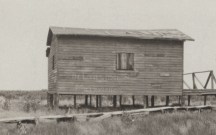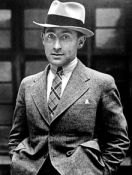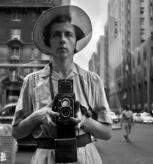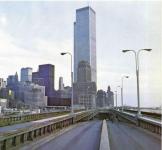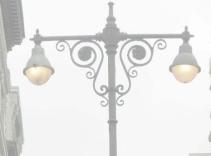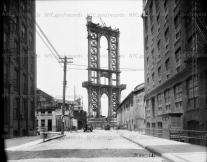We now have online access to historical data like never before. We can pull up our family records, find out when our relatives came from overseas, and find millions of historical photos online at the many library websites now on the web.
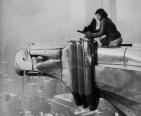
Margaret Bourke White taking photos atop the Chrysler Building, 1934
One thing we sometimes forget is the work that goes into getting the photos, starting with the photographer. A few have became famous, but most go virtually unknown. They deserve some credit for what they’ve done to help chronicle the past.
It would be interesting to take a class in the study of historical NYC photography. We could talk about the pioneers, the innovators, the contrasting styles, the trends, and those many unknowns. We might start with one of the most famous men ever to walk New York City with camera in hand, Alfred Eisenstaedt. A Jew who escaped from 1930’s Germany after photographing Hitler and Mussolini, Eisenstaedt went on to work for LIFE magazine and take some of the most famous photos ever. His shots show emotional scenes using legendary backdrops like Times Square and Penn Station. Berenice Abbott, who in the 1930’s worked for the Federal Art Project, established herself as expert in finding the beautiful and often unnoticed imagery within the inner city. Andreas Fenninger, Margaret Bourke-White, Yale Joel, Ralph Morse, and a host of others, many associated with LIFE magazine, offered great photography to the public for much of the twentieth century.
Vivien Meier was a completely unknown photographer who took thousands of shots of Chicago and New York in the 50’s and 60’s until a box of her negatives was purchased at auction in 2010 by Chicago real estate agent and historian Edward Maloof. He started developing them to huge critical acclaim. It is believed there are still thousands more of her negatives still undeveloped, waiting to be seen.
Many who have taken their own photos of New York over the last forty or so years can be found at the flickr website, where users can upload their own photos. There is Waz13 (Andy Blair) whose collection includes excellent shots of the World Trade Center. Whiskeygonebad (Anthony Catalan0) has shots of Brooklyn from the 1970’s and 80’s. Siteride (James Fileccia) took photos of area storefronts on Long Island for the last twenty years. The 2013 Places No More calendar features many of these photos I found on flickr. I am no doubt leaving out a host of others; there are many other great collections on flickr and elsewhere on the web.
There are also those who venture through the city taking photos today that conjure up its past. Forgotten New York’s Kevin Walsh finds the rare, hard to see, and often unusually historic hiding within the city. Frank Jump wanders through the city gazing up at ads from the past on the faces of buildings. Christopher Gray has the job many of us would love, a New York Times column dedicated to the history of New York’s architecture in pictures and stories.
The photographers of the early 20th century go most unappreciated. They did as much as anyone else to document city history, but there were few around to become fans at the time. Eugene Armbruster was a 1920’s amateur photographer who wrote an “Old-Timer” column of the Brooklyn Eagle which featured historically oriented shots of Brooklyn and Queens. Bridge photographer Eugene de Salignac was virtually unknown until New York Rises was published in 2007 by Michael Lorenzin which displayed incredibly beautiful shots of city bridges in their early days. Dave Frieder is in his own way a modern day de Salignac, climbing bridges and posting his own unique views of the city that can only be seen from the edges and tops of its connecting structures.
(This is part 1 of a two part post, the next will be about the most forgotten of all city photographers, PL Sperr.)
